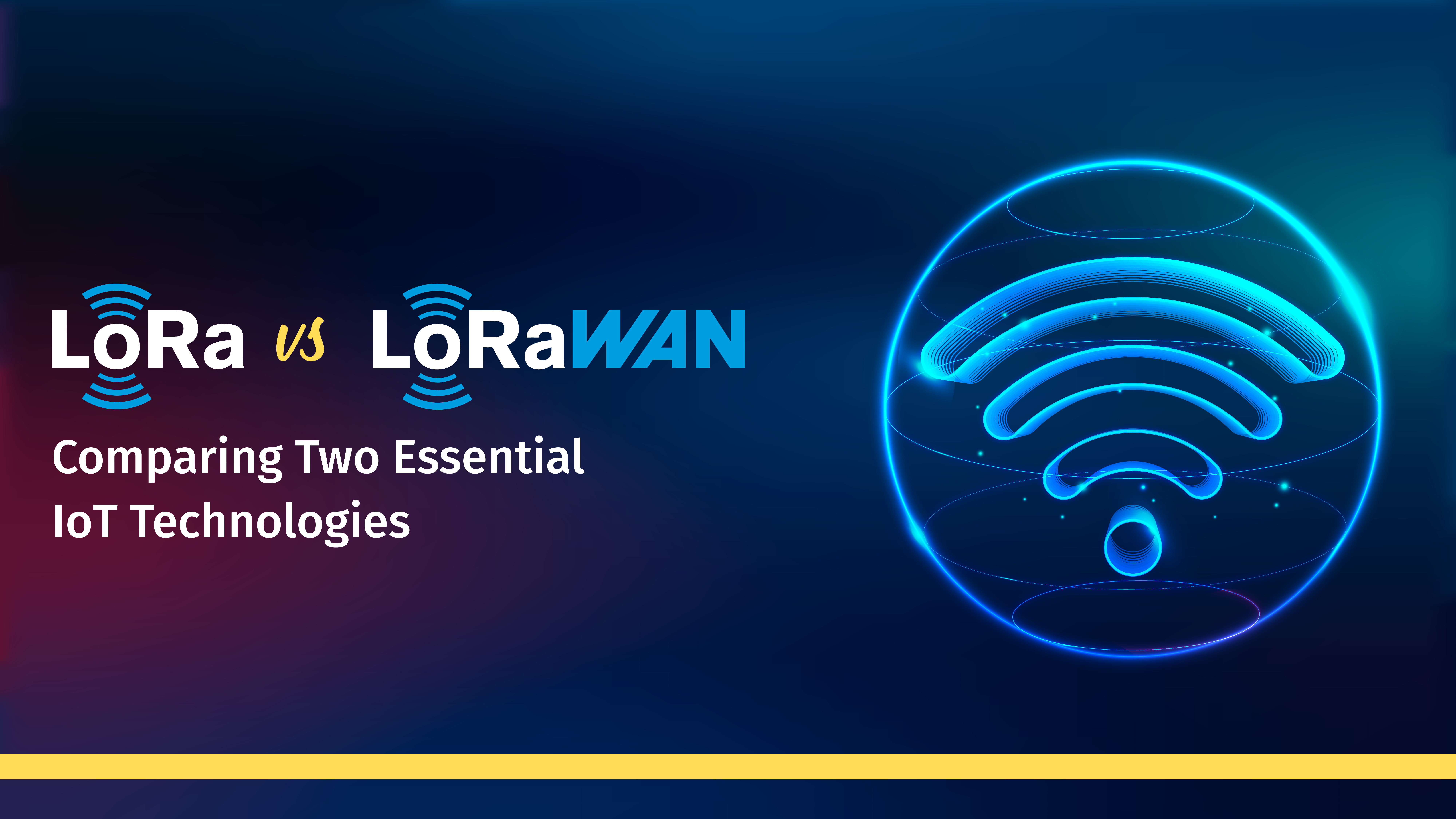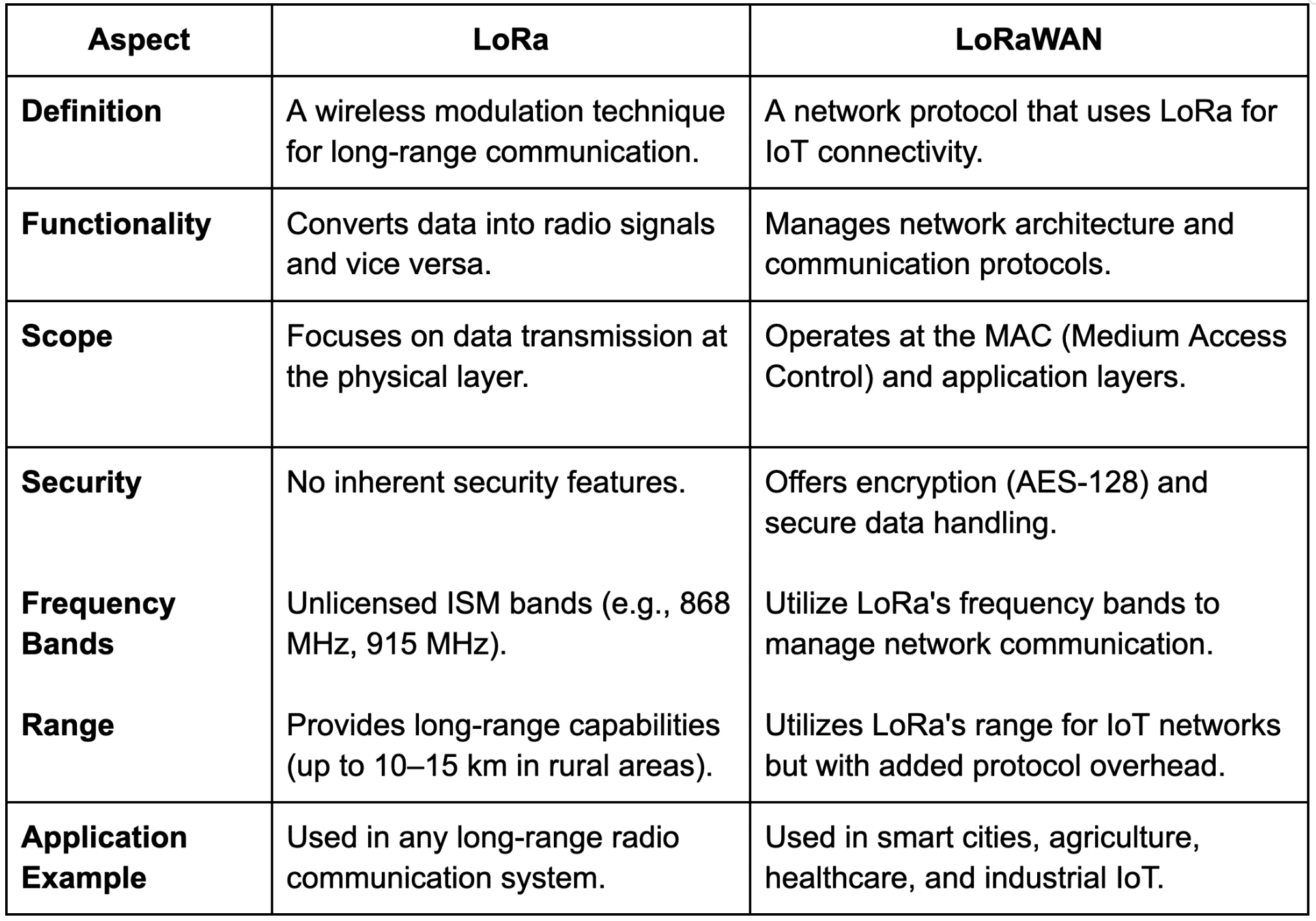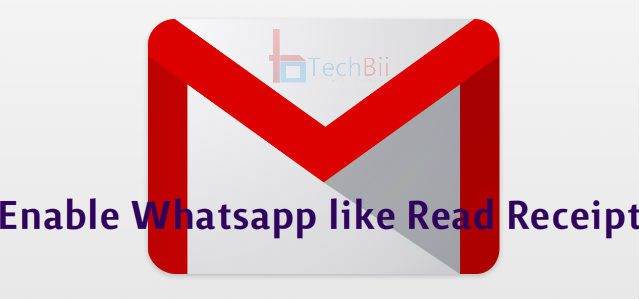
In the Internet of Things (IoT), connectivity helps devices communicate easily. Two significant technologies that make this possible are LoRa (Long Range) and LoRaWAN (Long Range Wide Area Network). LoRa lets devices send data over long distances using very little power. While LoRaWAN helps connect these devices to the internet and manages how they communicate. Knowing the difference between LoRa vs LoRaWAN is also necessary for businesses looking for efficient, scalable, cost-effective IoT solutions. This article explains how LoRa and LoRaWAN work together to support the next generation of IoT applications.
What is LoRa and LoRaWAN?
In the realm of LoRa vs LoRaWAN, LoRa (Long Range) is a wireless technology that allows devices to send data over long distances using very little power. It also works on free radio frequency bands and is great for battery-powered devices like farm sensors or industrial equipment.
On the other hand, LoRaWAN (Long Range Wide Area Network) is a system that uses LoRa to connect devices to the Internet. It organizes how devices send and receive data securely and efficiently. While LoRa focuses on sending the data, LoRaWAN manages the network and ensures everything runs smoothly. In short, it provides a low-cost, reliable way to connect devices for smart cities, healthcare, utilities, and environmental monitoring.
LoRa vs LoRaWAN Comparison in Tabular Form
While LoRa and LoRaWAN are closely related, they serve different purposes in IoT ecosystems. Here’s a detailed LoRa and LoRaWAN comparison:

If you’re interested in diving deeper into IoT and understanding technologies like LoRa and LoRaWAN, enrolling in an Embedded Systems Course or an IoT Certification Course can be a game-changer. These courses provide hands-on training with IoT protocols and embedded systems, helping you build expertise in designing, deploying, and managing IoT solutions. Whether you’re starting your career or upskilling, these programs offer the perfect foundation to master cutting-edge IoT technologies.
Why Choose LoRa and LoRaWAN for IoT?
The combination of LoRaWAN and LoRa communication creates a powerful IoT solution that is flexible, scalable, and cost-effective. So, here is why LoRa vs LoRaWAN is popular in IoT:
- Low Cost: LoRa and LoRaWAN use free radio frequencies, so no extra licensing fees there.
- Supports Many Devices: LoRaWAN can connect numerous devices simultaneously, making it ideal for large-scale setups like factories or cities.
- Saves Battery: LoRa uses very little power. So, devices can work for years without needing new batteries, perfect for faraway locations.
Use Cases of LoRa and LoRaWAN
LoRa and LoRaWAN are wireless technologies that allow devices to send small amounts of data over long distances using very little power. Also, they are great for Internet of Things (IoT) projects. So, below are some of their key applications:
LoRa Example-
- Farming: Checking soil moisture, temperature, and weather in far-off fields.
- Animal Tracking: Finding animals in vast forests or wildlife parks.
- Industry: Watching over machines in dangerous areas to ensure safety.
LoRaWAN Example-
- Smart Cities: Controlling streetlights, garbage bins, and parking spots.
- Healthcare: Using wearable devices to monitor patients in real-time.
- Utilities: Helping with smart meters for water, electricity, and gas.
Key Takeaways from the LoRa vs LoRaWAN Comparison
Here is a simplified comparison between LoRa and LoRaWAN as well as their key takeaways:
- LoRa is a physical layer technology that enables long-range communication with minimal power usage.
- LoRaWAN is a network protocol that defines how devices using LoRa connect to gateways and servers.
- Together, they form a robust solution for IoT applications, balancing low power, long-range, and scalability.
By understanding the difference between LoRa and LoRaWAN, businesses can better plan their IoT deployments, ensuring efficient and cost-effective connectivity.
Conclusion
In conclusion, LoRa vs LoRaWAN are essential technologies for IoT. LoRa allows devices to communicate over long distances with low power, while LoRaWAN helps securely connect those devices to the internet. Together, they provide a cost-effective and scalable solution for many uses, like smart cities, farming, healthcare, and utilities. By understanding how they work together, businesses can plan better IoT systems.








